Historical Gwanghwamun Square
In Metro Seoul
gwanghwamun square
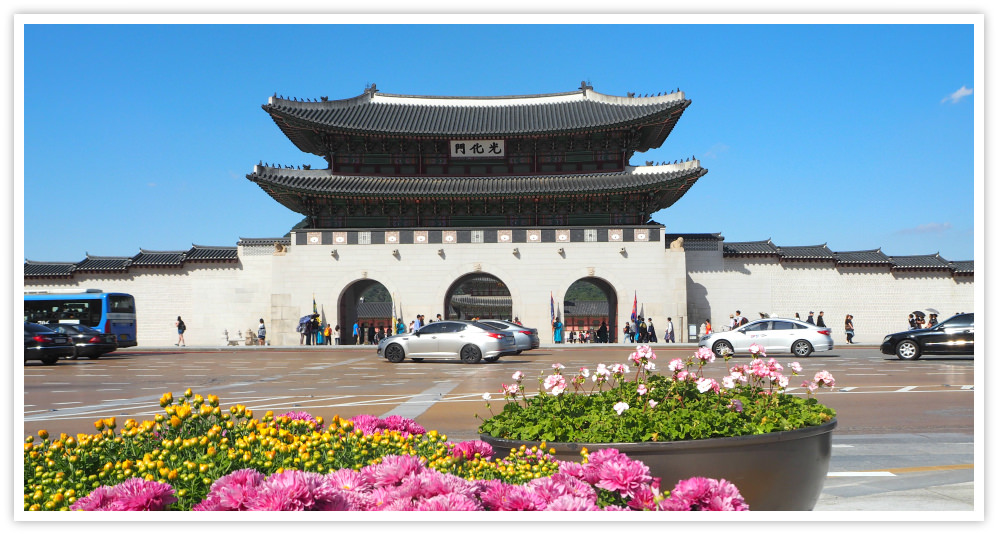 Gwanghwamun Gate facing the Square
Gwanghwamun Gate facing the SquareIntroduction
Embark on a historical journey in the heart of South Korea's bustling capital at Gwanghwamun Square, a landmark that serves as a testament to the nation's rich heritage and a symbol of its contemporary vibrancy.
Dating back to the 14th century, during the Joseon Dynasty, Gwanghwamun is the main and largest gate of Gyeongbokgung Palace. The square, named after the gate, has been witness to many pivotal moments in Korea's history.
In the past, it was a significant gathering place for citizens during important royal announcements and festivals. In recent years, it has also been the backdrop of peaceful protests and celebrations.
After extensive renovation in 2009, the square was transformed into a pedestrian-friendly cultural space. The colossal statues of King Sejong the Great and Admiral Yi Sun-shin, two of Korea's most revered historical figures, dominate the space, each accompanied by a museum showcasing their significant contributions.
Gwanghwamun Square isn't just a historical destination; it has evolved into a vibrant urban hub. It's home to diverse cultural events, concerts, exhibitions, and even a beautiful artificial stream that cools the summer heat.
As a visitor, Gwanghwamun Square offers a fascinating window into the fusion of past and present that defines Seoul. Whether you're immersing yourself in history, appreciating the grandeur of Gyeongbokgung Palace, or simply watching the ebb and flow of city life, this iconic square is a must-visit in Seoul.
 Gwanghwamun Gate of Gyeongbokgung Palace
Gwanghwamun Gate of Gyeongbokgung PalaceSeoul Gwanghwamun Square is the center of historical events since the foundation of the nation. Myriads of colorful, dark, historical, critical, and mundane events occurred in this fast-changing site in South Korea’s capital city.
Recently, you can see Seoul Square’s face adorned with statues, garden, paved (granite and marble stones) pathways, fountains, and some booths by civil society movements seeking actions from various institutions or individuals.
This page offers a brief historical background of this significant site in nation-building. You will find this page features including…
- Seoul’s archaeological background
- activities in the square
- facilities for visitors of the square
- exciting place nearby
- What do dos
This page is not meant for an exhaustive description of the site but only provides brief but useful insights. Moreover, you can use this page as your gateway guide for your further exploration of the area.
Seoul Square Location
As this is not only the most visited area but the center of Seoul, you will find this guide quite helpful. The square is accessible from various points. You can get here through subway (Line 5), bus (all buses), taxi or private car.
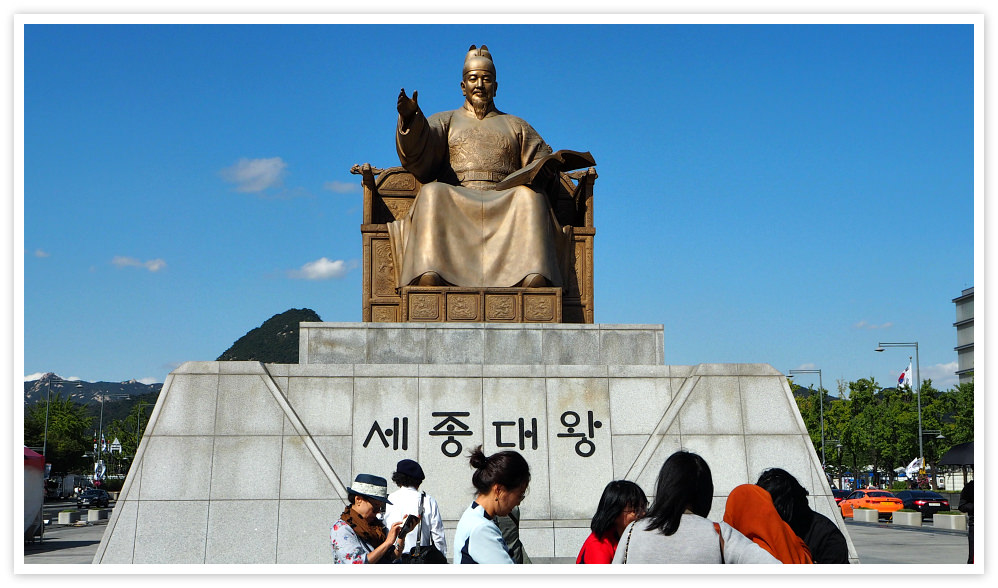 Great King Sejong's statue
Great King Sejong's statuehistorical space
Seoul Square is located right across the main gate of Gyeongbokgung Palace. This occupies the country’s main avenue during that period which extended southward from Gwanghwamun Gate.
The Square belonged to the path of the king whom himself embodied the Confucian state by then. During the Joseon Period, this road was used as a “space that primarily exhibited the dignity of the authority.”
At times, this road served as a “channel of public opinion.” When the Korean Empire was proclaimed in 1897, Deoksugung Palace located nearby was turned into the main royal palace.
This action lost Sejong-no Avenue as the country’s main avenue. This was later restored in 1926 when the Japanese building was built beside the Gwanghwamun Gate. However, the space was only used for any assembly when allowed by the Japanese authorities until the nation became independent.
During the dictatorship periods, Seoul Square were used as the space for demonstrations, rallies, pickets, and all sorts of protests and demands for freedom in various facets.
Some of such activities can still be seen but more subdued, quiet, and organized. It is here where the famous Candlelight Action was held when the people demanded the president to step down. This action led to the impeachment of the head of state and was sent to prison.
Aside from citizen’s activisms, other forms of entertainment and social events are being held here including concerts, weekend shows, holiday events, among others.
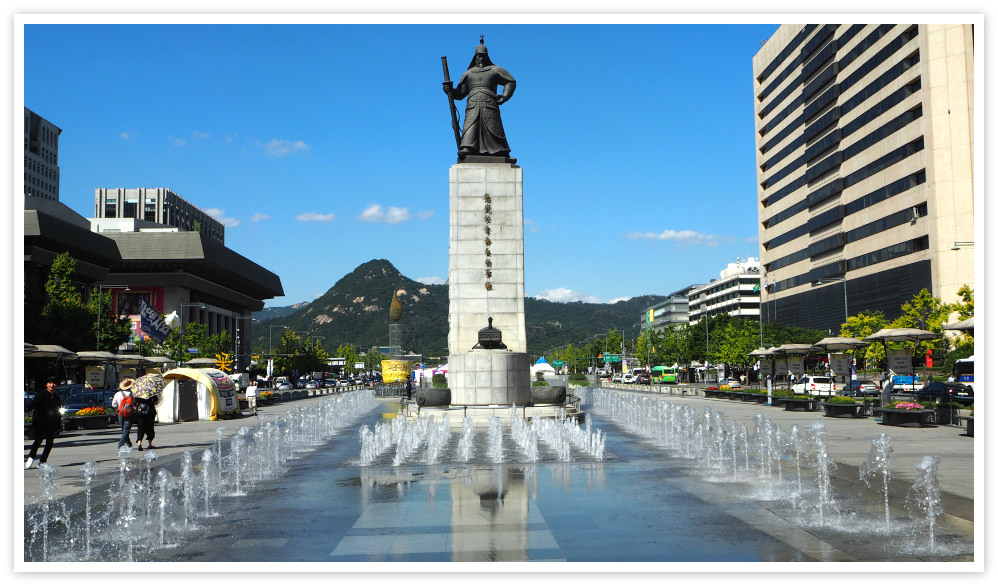 General Lee Sun Shin
General Lee Sun Shinexcavations of the street
During the excavation conducted on this ground, they dug up the ‘street of the six ministries of the Joseon Dynasty. This street was established in 1395, the year when Gyeongbok Palace was completed.
This street begins at Gwanghwamun Gate stretching up to the present Gwanghwamun crossroads. This crossroad is not the Sejongno, which was once the vast thoroughfare of the Joseon Dynasty.
The excavation of the street began in 2008 and finished a year later. There is a large cross-section of the excavated layers which were carefully preserved for scientific study.
The strati-graphic layers excavated have been classified into four periods:
- layers piled up from the river floods;
- period of the establishment of the Joseon Dynasty (14-15th century);
- before and after the Japanese occupation (16-18th century); and
- the period of Gyeongbok Palace’s re-establishment (19-20th century).
The artifacts, such as porcelain, roof tiles, earthenware, among others, were dug up and dated according to their respective periods.
The excavation of the Street of the Six Ministries is proof of records which are available on old maps of Seoul and some documents. Some documents are found in the Annals of the Dynasty of Joseon. The re-discovery of the street provided evidence the full scale of the street structure, architectural building skills and methods used during each period.
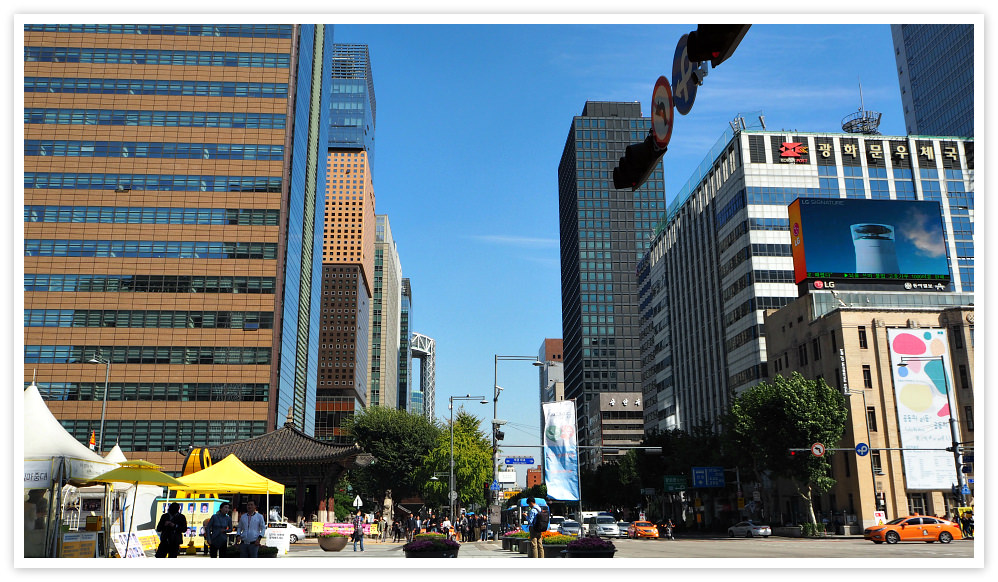 Jongno Street at Gwanghwamun Square
Jongno Street at Gwanghwamun Squarefacilities at seoul square
At Seoul Square, you can find the main entrance/exit of Gwanghwamun Subway Station. Right before you exit, you can see some facilities or services available for all visitors. These facilities are the following, and you will find useful…
Information Front Desk
As you alight from the escalator or the steps, you can see a front desk. Yes, you may ask any information about the area or anything (probably) about travel. This is aligned to the washroom area which is just beside it.
Washrooms
The washrooms for male and female visitors are available. They are quite spacious and well-maintained. It is equipped with sanitary facilities including soap, hot and cold water.
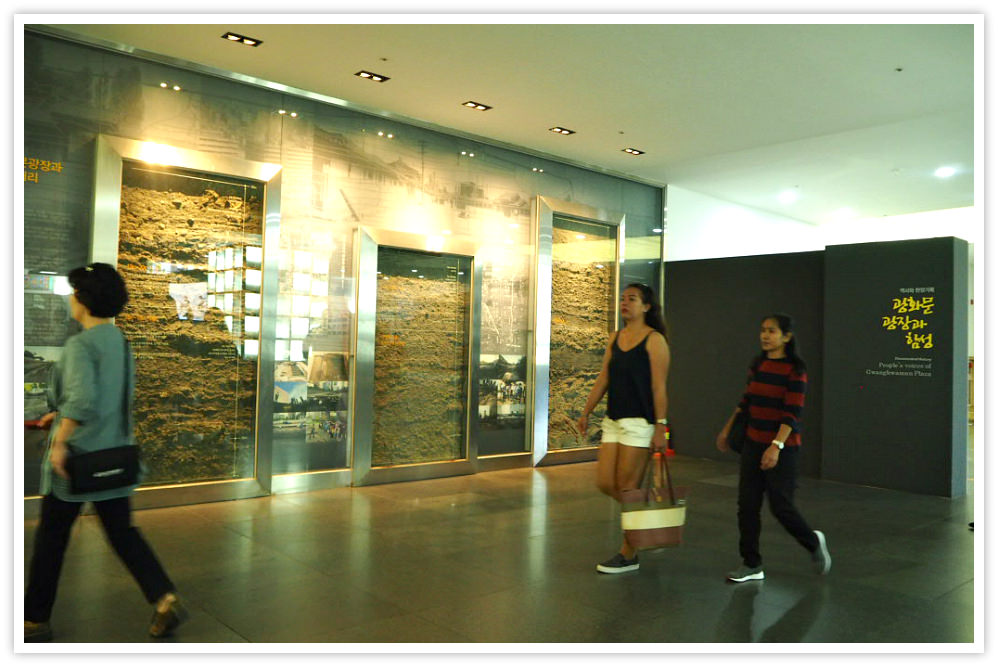 Archaeological exhibition inside the station at Gwanghwamun Square
Archaeological exhibition inside the station at Gwanghwamun SquareHistorical Permanent Exhibition
You will find the displays of layers excavated in this very place mentioned above. The layers describe (mostly in the Korean language) some details for each period such as the early establishment of the Joseon Dynasty up to the re-establishment of Gyeongbok Palace in the 19-20th century.
Drinking Water
Potable water is available for all.
Traditional Culture Experience Program
Basically, you can dress yourself up in traditional Korean clothing and feel the local culture. This is free of charge. Then you can proceed with a photo-taking session with your friends or family members. You can have a great photo with the Gwanghwamun Gate in the background including the Gyeongbokgung Palace.
exciting sites nearby
While at Seoul’s Gwanghwamun Square, take the opportunity to see the popular tourist sites nearby. You only need to walk for more or less than a kilometer to see them. Such exciting places are the following…
- Gyeongbokgung Palace
- Deoksugung Palace
- Changdeokgung Palace
- Buddhist Jogyesa Temple
- Old and New Seoul City Hall
- Gyeonghuigung Palace
- Cheonggye River Area Park
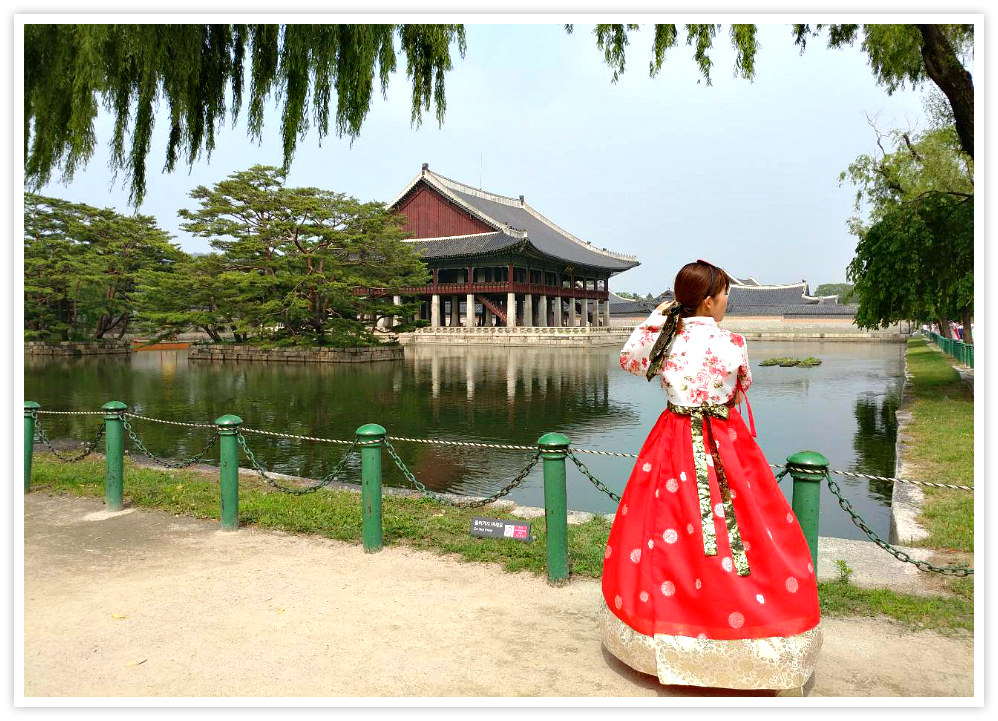 Gyeongbokgung Palace
Gyeongbokgung Palacewhat more to do
You can do lots of things aside from exploring historical sites and interesting areas. You can do almost everything while in Gwanghwamun Square. That’s because it is at the heart of Seoul.
- Shop at the underground shopping centers
- Enjoy the restaurants and cafés
- Stay at hotels
- Explore art galleries
- Purchare souvenirs
- Shop at department stores
- Etc.
getting to gwanghwamun square
Via subway, take Line 5 (Violet color) as this is its stop. You can get here from Kimpo International Airport.
Most express buses, ordinary buses, and airport limousine buses ply around this area.
In case you have questions, please email us.
Hope this is helpful.
Have a wonderful travel.
- Home
- Seoul Attractions Best
- Gwanghwamun Square
Get Exciting Activities
Book one of our exciting activities today to experience the thrill of a lifetime! Take advantage of this opportunity and secure your spot in advance.
Hotel Map Guide
Find your affordable, accessible, and comfortable hotel in Seoul at Agoda.Com. See the hotel map below...
Hotel Booking Guide
Find affordable and amazing hotels on Agoda.com using the search box below. Book now to enjoy great discounts and save!
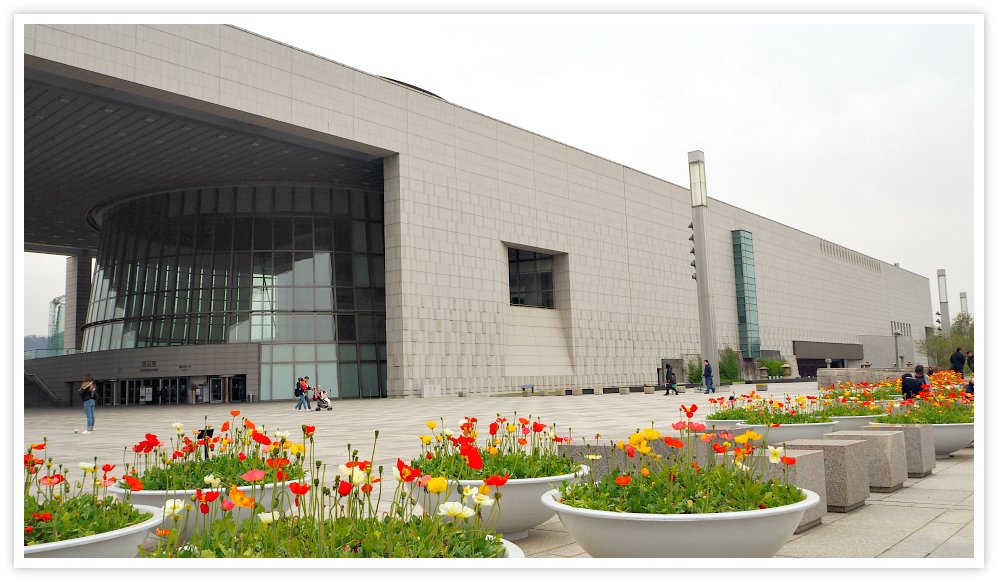

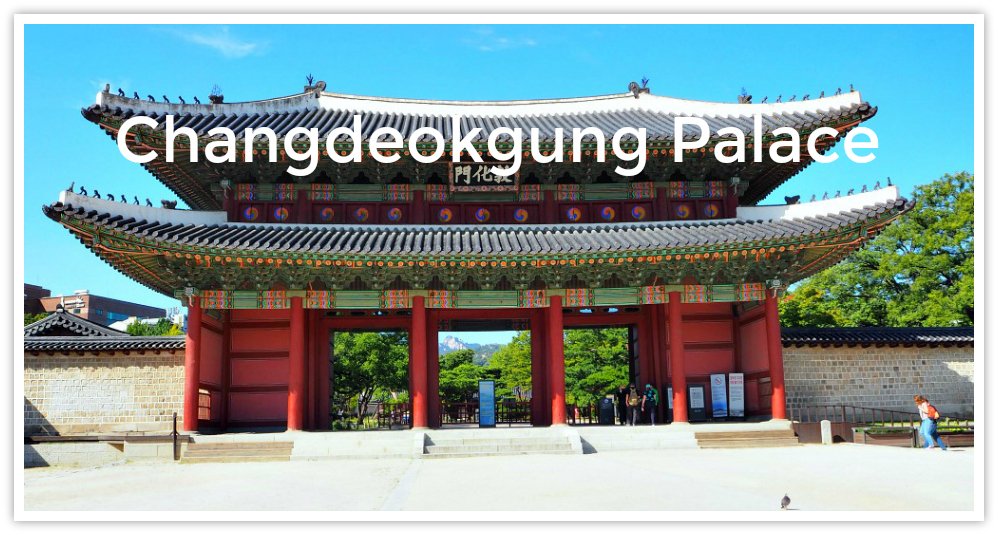




New! Comments
What do you think about this page? Leave me a comment in the box below.